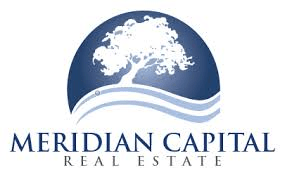Find Out If You Can Really Afford a House

Owning a home offers advantages alongside a slew of responsibilities. Prior to committing to years of mortgage payments, it’s crucial to grasp the full scope of what homeownership entails.
Initially, consider the financial implications. Homeownership comes with various expenses, including a downpayment, home insurance, and closing costs. Additionally, moving into a new home involves purchasing furniture, appliances, fixtures, and landscaping, with the possibility of property depreciation.
Transitioning from renting means assuming responsibility for maintenance and repairs. As a homeowner, you’ll be accountable for issues like plumbing, appliances, painting, roofing, and more, all of which require financial investment. Older homes, in particular, may entail higher upkeep costs.
To determine readiness for homeownership, follow these steps:
1. Assess property values with assistance from a real estate agent, comparing them to similar properties in the area.
2. Familiarize yourself with various mortgage loan types, considering downpayment requirements and potential PMI costs.
3. Estimate closing costs, encompassing taxes, inspections, and insurance premiums, typically ranging from 2-7% of the property value.
4. Calculate upfront expenses, including downpayment, closing costs, and potential moving costs.
Beyond initial expenses, ongoing financial obligations include property taxes, insurance premiums, and maintenance costs. Major repairs, such as roofing or electrical systems, can incur significant expenses.
If financial constraints arise, explore alternative funding options such as loans or creative solutions.
Furthermore, don’t overlook the importance of home insurance, as factors like property type and age, credit history, and emerging issues like toxic mold can impact insurance rates.
Despite financial considerations, homeownership offers stability, potential tax benefits, and the prospect of property value appreciation over time, ultimately providing the satisfaction of owning one’s residence.



